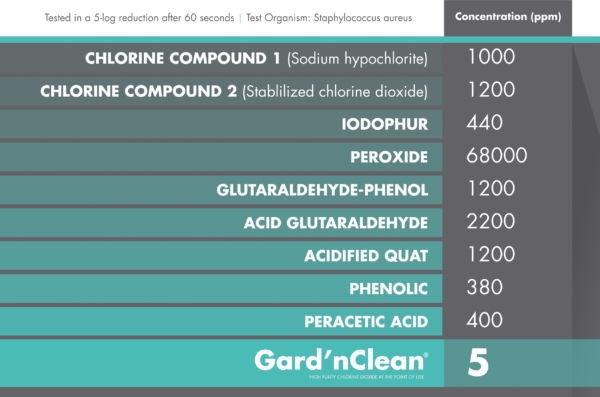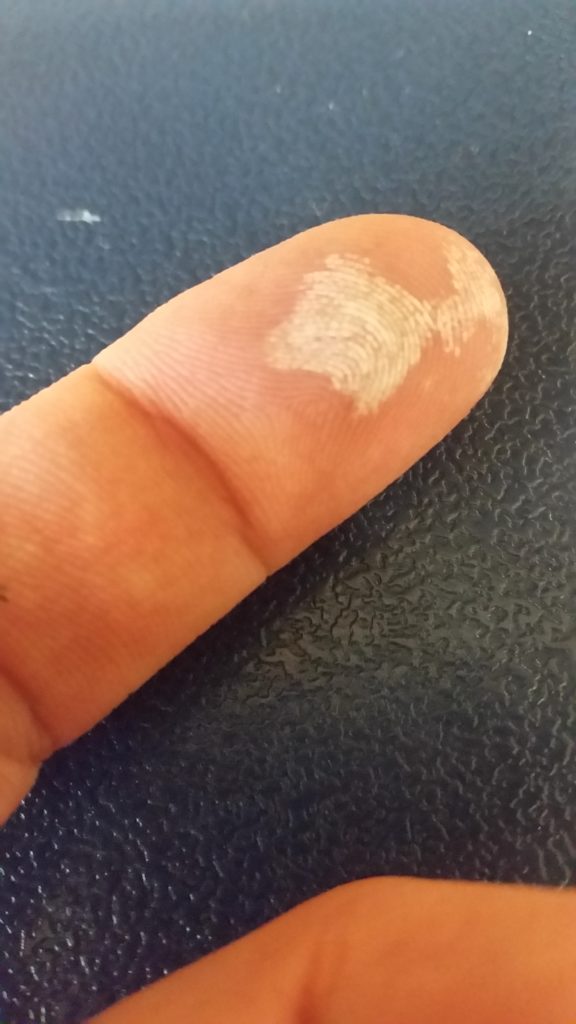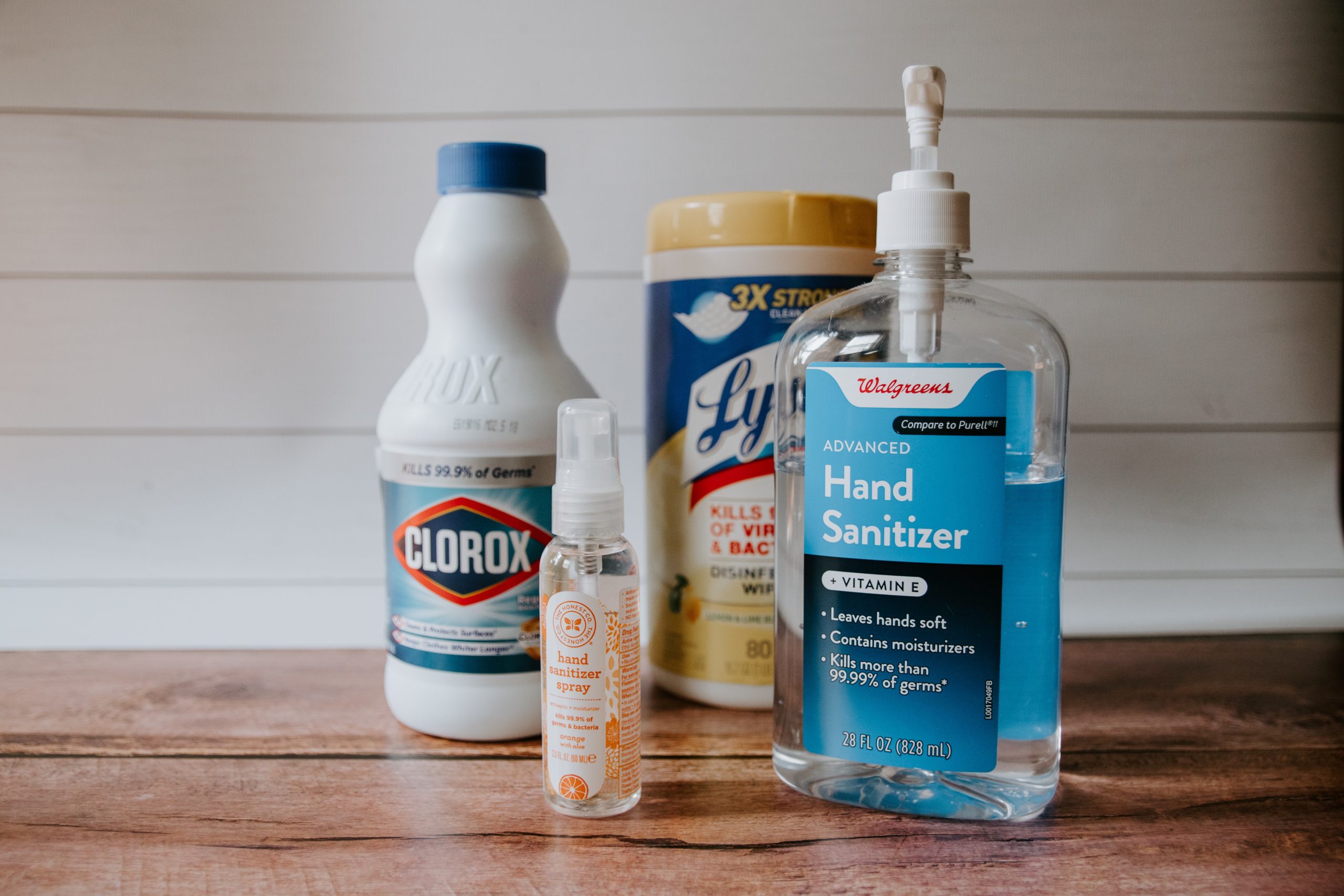While it often goes overlooked, it’s important to know the best way to clean a grow room. Add in the coronavirus, and it’s more important than ever to know how to keep your area clean and sanitized.
Of course, it’s easy to tell you to keep things clean, but how do you actually do so? And why do you even need to bother cleaning your grown room?
If you don’t keep your surfaces and equipment clean, diseases like powdery mildew can take over your plants. This means a lower quality grow and even the death of your plants. If you keep things sanitized, it’s less likely that you’ll have issues with fungi, bacteria, and viruses.
If you neglect to sanitize surfaces, you risk spreading pathogens that cause human disease. These include COVID-19, the common cold, and more.
When you’re looking to sanitize, you have a variety of options. Growers often turn to options like hydrogen peroxide or bleach. However, you can use a product specially designed to sanitize grow rooms, like Gard’n Clean.
Let’s dive into learning more about the best way to clean a grow room.
What is Sanitation?
First, let’s explore some commonly used terms.
You might think the words sanitation, disinfection, and sterilization all mean the same thing. But they don’t!
According to the CDC, each word means something different.
Sanitation refers to reducing harmful pathogens to a level where they are deemed “safe.” Most of the time, this level is close to zero. At this safe level, infection or illness is unlikely to occur, but it’s not impossible.
Disinfection refers to the removal of almost all harmful microorganisms. When you disinfect, you kill bacteria, viruses, and fungi. However, bacterial spores may still remain.
Sterilization means that all life is killed. It’s much more extreme that sanitation.
Moral of the story? Don’t use these terms interchangeably.
Why Should You Sanitize?
When growers are looking to clean a grow room, they’re most often aiming to sanitize it. Sure, they could disinfect or sterilize the room, but in most cases sanitizing works just fine.
So, why should you even bother sanitizing your growing areas?
To keep it simple, proper sanitation keeps harmful microbes off your plants. Are you worried about bacteria, fungi, or viruses? Then you should be implementing proper sanitation practices!
Whether you like it or not, pathogens will find their way into your growing area. They may come in on new plants or improperly cleaned containers. Or, they may travel in on your clothing or even on your body.
No matter how they enter, you need to take action to kill these pathogens. If you don’t, the organisms will multiply. Before long, you could be dealing with a lot of sick plants.
Products Used to Clean Your Grow Room
So, you’ve decided you should clean your grow room. What product do you choose?
Once you start looking at products, you’ll realize there are plenty of options out there.
Some are safe for direct use on plants, while others are only safe for sanitizing surfaces. One product needs to be diluted while another is ready to spray. Some products are dangerous for humans and some are safe.
As you can see, it’s easy to become overwhelmed by all the choices!
Some common options include hydrogen dioxide, hydrogen peroxide, chlorine bleach, and Q-salts. Name brand products include Sanidate, Prokure, Oxidate, Zerotol, SaniSave, and Gard’n Clean.
No matter what product you choose, make sure to learn about the product before using it. And follow the recommended application rates and directions!
When choosing a sanitation product, think about the following:
- Is the product corrosive?
- Can you safely apply the product to plants?
- Is the product safe for humans?
- How expensive is the product?
- Does the product produce any harmful byproducts?
- How effective is the product?
If you carefully examine a product before using it, you’re more likely to end up with one that sanitizes your areas without causing any harm.
Can Sanitation Kill Coronavirus?
So we’ve covered that sanitation is important for keeping your grow room free of pathogens. But can sanitation kill coronavirus?
The short answer is yes.
However, not all sanitation products can kill viruses. Therefore, it’s important to choose a product that is proven to kill coronavirus.
One product that has been shown to kill coronavrius is Gard’n Clean.
Gard’n Clean
Gard’n Clean products work by releasing the gas chlorine dioxide (ClO2). Chlorine dioxide works by oxidizing pathogens. Therefore, the microorganisms you’re trying to kill cannot build up a resistance.
This product has been shown to be extremely effective at killing all kinds of pathogens. In one test, Gard’n Clean was shown to be more effective against Staphylococcus aureus than bleach, peroxide, peracetic acid, and more.
Another benefit of chlorine dixoide is that it’s non-toxic and non-corrosive. Therefore, you don’t have to worry about applying it to metal surfaces or directly to your plants!
Not All Chlorine Products are the Same
Before you go thinking all chlorine-containing products are the same, think again.
Bleach contains chlorine, but it produces byproducts that can harm humans, plants, and surfaces.
There are even differences between different chlorine dioxide products. Gard’n Clean products provide large amounts of chlorine dioxide and very small amounts of corrosive chlorites and chlorates.
On the other hand, stabilized chlorine dioxide products actually produce very small amounts of chlorine dioxide. In one test, one stabilized chlorine dioxide product produced only 3.2 ppm of chlorine dioxide while Gard’n Clean produced 75 ppm chlorine dixoide.

What do these stabilized products produce then? Lots more chlorites and chlorates. These compounds are not compatible with all materials, and they can corrode your equipment.
After carefully choosing lights and other equipment, you definitely don’t want your purchases to end up damaged.
Furthermore, stabilized chlorine dioxide products end up at an acidic pH. This can through off your nutrient solution and adversely impact your plants’ growth.
Gard’n Clean Products
Not only is Gard’n Clean a safe and effective cleaner, it’s also available in a variety of products.
The extended release version improves air quality for up to 30 days. It’s perfect for limiting odors in an area.
The fast release version is perfect for cleaning small and hard to reach spaces.
The Gard’n Clean liquid produces ultra-pure chlorine dioxide using only water and a sealed chamber. You can safely spray in on your plants and surfaces without worrying about damages.
Gard’n Clean vs. Other Products
Gard’n Clean sounds great, right? But what makes it better than it’s competitors?
First off, Gard’n Clean is safe. When you’re searching for the best way to clean a grow room, safety should be your number one priority.
Studies have shown that some disinfectants can cause serious health issues including chronic obstructive pulmonary disease (COPD). When you’re working to make an area safer for you and your plants, the last thing you want to do is harm yourself in the process.
Some products that have been linked to the development of COPD include hydrogen peroxide, glutaraldehyde, hypochlorite bleach, alcohol, and quaternary ammonium compounds. Therefore, it’s best to stay clear of these products.
How to Remove Powdery Mildew from Buds
Now that we’ve learned about sanitation, let’s visit one of the major pathogen issues growers face: powdery mildew.
Powdery mildew is a fungus that can quickly destroy your entire crop. If you let a few spores multiply, you’ll soon notice a powdery, white coating covering your plants’ leaves and buds. Hence the name powdery mildew.
Even if it doesn’t destroy your plants, powdery mildew can do some serious harm to the quality of your buds. And it can cause major respiratory issues.
So, if you notice powdery mildews on buds, you better act fast.
Spraying Hydrogen Peroxide on Buds: Can You Deal with Moldy Buds Using Hydrogen Peroxide?
When you first start looking for how to remove powdery mildew from buds, you’ll find that lots of people mention hydrogen peroxide.
The truth is that peroxide can kill powdery mildew on buds. However, hydrogen peroxide can damage your health! This product can cause harm to humans in three ways: corrosive damage, oxygen gas formation, and lipid peroxidation. Sure it sounds bad, but what does all of this mean?
Corrosive damage means that if you get some high-concentration hydrogen peroxide on your skin, it will damage your tissues. In simple terms, it can cause chemical burns like those seen below.

Hydrogen peroxide is just hydrogen and oxygen. When hydrogen peroxide is exposed to human tissue, it quickly releases oxygen — that’s why you see bubbles when you apply it to wounds. However, these oxygen bubbles can travel to the arteries, causing serious issues and even death.
While this mostly happens when medical professionals use hydrogen peroxide during surgery, do you really want to use this product when you have other options?
The final way hydrogen peroxide causes harm is lipid peroxidation. This means free radicals steal electrons from cells, leading to harmful cell damage.
All this is to say that yes, you can use hydrogen peroxide on moldy buds. But there are better and safer options.
Troubles With Cleaning a Grow Room with Hydrogen Peroxide and Other Products
While many people use hydrogen peroxide to clean their grow rooms, it’s not always the safest option.
When you spray surfaces of your grow room with hydrogen peroxide, you risk damaging your health in the ways mentioned above.
Another product sometimes used to clean grow rooms is Peracetic Acid aka Peroxyacetic Acid aka PAA. One PAA product is Peraclean.
However, before you go reaching for some PAA, take note that it’s highly corrosive. It can cause extreme damage to your skin and respiratory tract after even a short exposure. Not only is it dangerous to pathogens, but it’s also dangerous to you!
One more common disinfectant is bleach. Even though this is a household product, it doesn’t mean it’s safe!
Bleach can cause red, irritated skin and blurry vision. It can also produce byproducts that are considered carcinogens. Futhermore, bleach isn’t effective at removing bioslime.
How to Get Rid of Powdery Mildew During Flowering
So, we’ve covered what to do if you have powdery mildew on your buds. But what do you do if your plants become infected when they’re flowering?
Depending on the severity of the infection, you might be able to save your plants by sanitizing them. When choosing a product, it’s important that it won’t harm the fragile flowers but will kill the mildew.
Therefore, choose a product that doesn’t produce any harmful byproducts and kills both microbes and biolsime.
How to Clean a Grow Room After Powdery Mildew
When powdery mildew takes over your plants, it’s not always possible to save them. You may end up tossing the plants and bringing in new ones.
Before you bring in new and healthy plants, stop! While it may look like your room is free from powdery mildew, think again. It’s likely still lingering on the surfaces of your grow room.
Before introducing any new plant material, make sure to give your room a good cleaning (in a way that’s safe for your health).
In case you didn’t already figure it out yourself, Gard’n Clean is an affordable, safe, and effective way to rid your room of all the powdery mildew.
Get to Work on Cleaning Your Grow Room
So, now you know all about the importance of cleaning your grow room. And you know that not all cleaning products are the same!
When you’re searching for the best way to clean your grown room, it’s important to look at both the effectiveness and safety of products. Oh, and affordability matters too!
While you may see lots of growers talking about hydrogen peroxide, bleach, and other products, be aware of the dangers. These products can harm your health, damage your plants, and corrode your equipment.
If you’re looking for a safe and effective cleaning agent, you can’t get any better than Gard’n Clean.
Sources
Cardiac Arrest Following the Use of Hydrogen Peroxide – Time to Reconsider its Use
Cleaning and Disinfecting the Greenhouse
Disinfectants and Sterilization Methods
